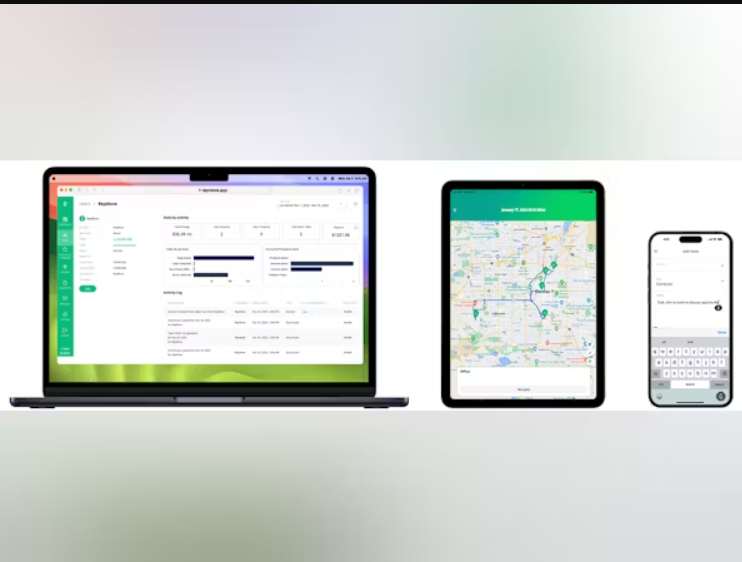
As an insurance company, you may have a lot of questions like how to create an insurance app, why there is a need for an insurance app, etc. This pandemic has taught us very well that mobile is a necessity and not just a luxury. When we talk about the insurance industry, there are many things that can become effortless by insurance app development services.
The insurance company’s customers can file their claims and track them effortlessly by a mobile insurance app. The support staff of that company can get some relief because of the mobile app. Most importantly, insurance payments can become very convenient through an insurance app.
If you check the facts, the whole insurtech industry is adapting the digital transformation giving the users a mobile-first experience. Even Amazon is trying to reach the health insurance companies to provide people with health benefits and pharmacy on their app.
If you own an insurance company and are ready to give your customers a good mobile app experience, read further. I will tell you about the insurance app development cost and insurance app Development Company too.
Why Does Your Insurance Company Need an Insurance App?
Recently, there was a list of top hundred insurance companies which was released by Insurance Journal. I was looking for insurance companies that have their own mobile app. Just make a random guess!
To my surprise, there were only 18 insurance companies that have their own insurance mobile app. Shocked? These apps were good, but they could be much better.
Here are a few interesting facts I learned about the insurance industry and the world of insurance app development:
- Almost 51% of insurance companies from the list of 100 do not have any mobile app.
- Around 30 companies have a very basic mobile app.
- 5 of them offer the mobile app in partnership with companies like Delta Dental.
- Top 6 insurance companies have three or more apps in their portfolios.
- 3 agencies of the top 10 agencies don’t have any app.
So what do we derive from this information? One thing of which I am sure of is – you have a golden opportunity to have an insurance app.
In order to pursue disruptive mobile-first insurance disruptors, incumbents will finally give in and invest in mobile applications. I scanned the App Store, on the other hand, shows approximately 2,500 insurance-related mobile applications. One relief is that, right now, people probably don’t shop for such things in mobile stores.
I don’t really know about you, but the writing on the wall for me is that you will start losing customers to more trendy start-ups unless you have outstanding mobile insurance service.
These startups are prioritizing phones.
They recognize that their customers are spending more and more time on their phones, so they reach them there, using mobile features to their advantage. You will need a mobile insurance app to:
- Provide the best on-demand insurance services
- Promoting self-service to your customers
- Automated claim processing
- Optimization of support costs
Types of Insurance Apps
Before we get into the details of making an insurance app, let’s take a look at the different types of insurance apps that can be made. When people think of different types of mobile insurance applications, they usually think of life insurance, travel insurance, and so on.
Although this classification makes sense in certain ways, wouldn’t you accept that a full-stack firm is more likely to cover all of these and several other policy varieties?
Can these businesses create a different solution for each form of coverage they provide? Both yes and no. I will get back into that later.
Right now, let’s take a look at the various types of insurance apps from a different point of view.
Apps for Insured
Apps that help us buy the insurance and file claims are by far the most common. The app made for the insured serves as a connection between the insurer and the insured.
Apps for Agents
If you have ever seen the software that agents use, you will know that it’s not designed for mobile use. Simultaneously, I see how a mobile-optimized CRM that is synced with back-end operations will assist agents in closing further transactions. Both details on prospect and client policies, the history of their claims, and anything else agents needs to stay completely prepared out in the field will be stored in such an app.
Apps for Vehicles
Customers are being asked to download special applications that operate in combination with sensors installed in vehicles, which is a new development in the insurance industry. This is done so that their driving activity can be tracked and analyzed. Moreover, their premiums can be dynamically adjusted.
I expect to see more IoT-based devices emerge as more sophisticated sensors, such as water leakage or gunfire detectors, become available. Why not have sensors send data wirelessly to the cloud instead of requiring a separate application? Since the app uses an energy-efficient BLE link, it makes controlling these smart devices much easier and data collection much more effective.
P2P
It’s known as peer-to-peer (p2p) insurance. When individuals pool their payments without a central authority deciding on payouts in the event of an accident, it is called P2P.
Steps to Develop an Insurance Mobile App
Let’s have a look at the steps to create an advance insurance application. Here are the most important steps.
Connect to Backend
Most likely, you already use a CRM to keep track of your clients. Ideally, the mobile app can link to the same CRM and pull all consumer data from there. All customer data will be synced between the app and the backend operations in this case.
Suppose you don’t already have a CRM system. In that case, however, it’s a good idea to go with a backend that’s simple to integrate through APIs. As you expand, this will become increasingly important.
The backend will allow you to schedule and send out push notifications in addition to storing and managing customer data. It will also create geo zones and sync data from third-party providers
Use All the Abilities of Mobile Phone
You will require an app for iPhone and Android smartphones. As a result, choosing a technology that enables cross-platform growth, such as React Native or Flutter, is a wise decision.
Next, consider which smartphone features you’d like to use:
- Apple Wallet and Google Pay are two apps that can store ID cards and make payments.
- To pull up an ID with a voice order, use Siri shortcuts or Google Assistant.
- To locate nearby officers, buildings, and other locations, use GPS
- To secure confidential data, TouchID and FaceID are used.
- Reminders about upcoming payments and new offers are sent out via notifications.
- Lidar is a technology that allows you to submit accurate 3D scans of objects.
Integrations for expansion
When there’s an opportunity to align with an established piece of technology, there’s no need to reinvent the wheel. Consider the following integrations when developing an insurance app:
- DocuSign is a service that allows you to sign documents digitally.
- Twilio can provide out-of-the-box chat capabilities.
- Accidents can be captured on camera using native video recording.
- For roadside assistance, use Google and Apple Maps.
- Person deals on life/health insurance can be found on Apple Health and Google Fit.
It would be difficult to make a mistake if you follow these three measures when developing an insurance app. Hopefully, this information provides you with enough information to begin your research into how to create an insurance app. So get your own insurance mobile app now with the help of Bytes Technolab Inc.




